
MIGHTY SOVEREIGNS OF OTTOMAN THRONE: SULTAN AHMED I
Born to Sultan Mehmed III, Sultan Ahmed I was the 14th Ottoman sovereign and the 79th Islamic caliph, reigning between 1603 and 1617. He is known as the “sultan of the 14s” as he assumed the throne at the age of 14, as the 14th sultan and reigned for 14 years before dying at the age of 28. Ahmed was the first sultan who did not serve as governor, breaking away from his predecessors. He was circumcised 33 days after he was crowned, and soon he contracted smallpox, spending days between life and death.
Soon after he assumed the throne, Ahmed sent an official handwritten note (hatt-ı hümayun) to the grand vizier, saying: “My father died upon the order of Allah and I assumed the throne. Keep the city under control. If any problem arises, I’ll behead you.” The grand vizier, who was unaware of the sultan’s death, was shocked and thought he was being tested.
War on three fronts
When Sultan Ahmed assumed the throne, the Ottoman Empire was at war in the west, east and domestic fronts. The 13-year war between the Ottomans and Habsburg Austria ended as the latter was weak and left without aid. The Treaty of Zsitvatorok signed in 1606 removed the annual tribute paid by Austrians to the Ottomans. Austria was to pay war reparations to the Ottomans and send proper gifts each year.
Some historians deem the treaty as the least advantageous signed by the Ottomans up until then. However, again as some historians point out, the king of Austria did not become equals with the Ottoman padishah. The padishah had declared that he would treat the king with the same compassion as he would treat his son. According to the Ottomans, the sultan was still the only emperor in Europe.
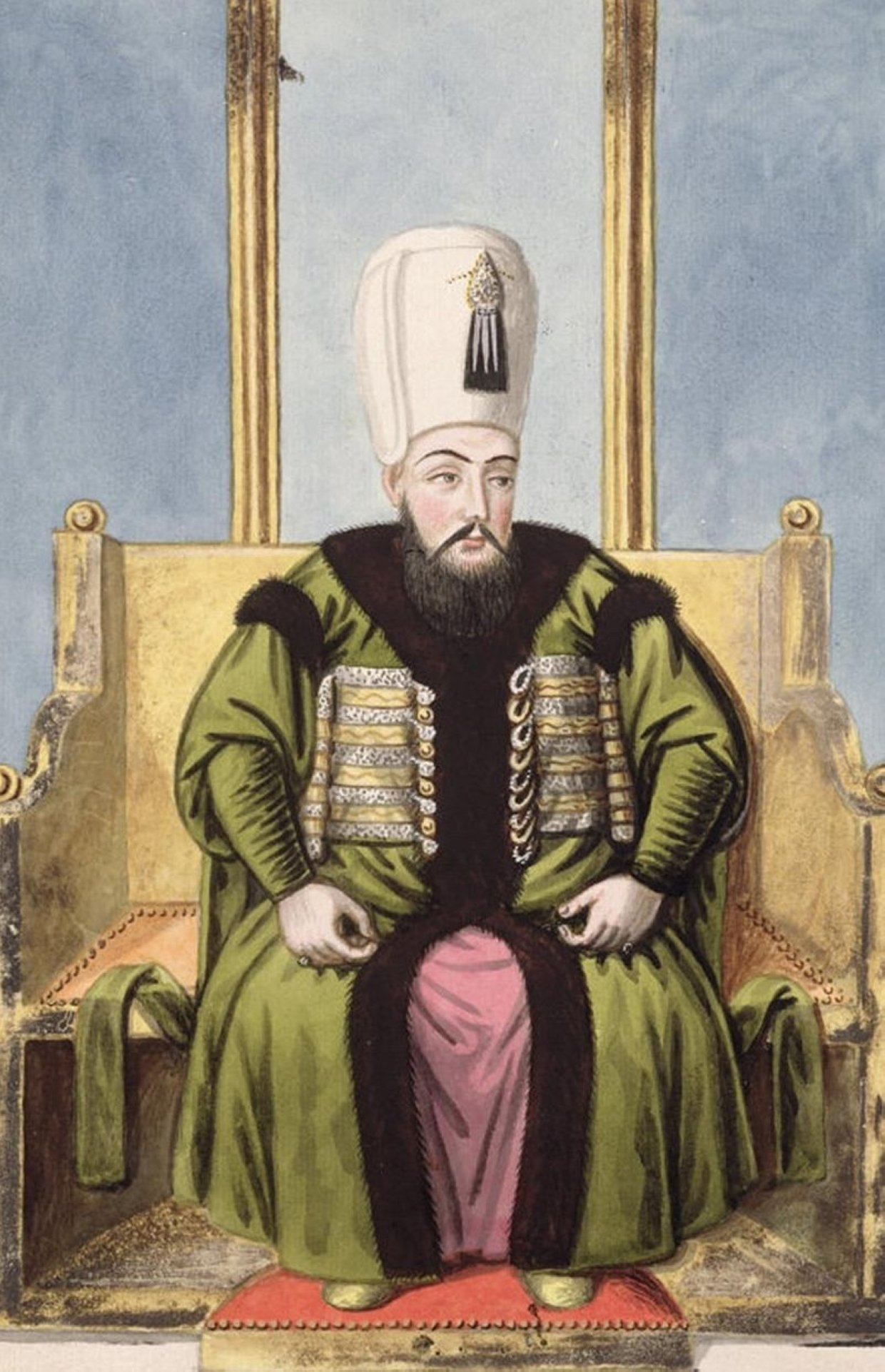
The war with Iran ended with the Treaty of Istanbul signed in 1612. The border accepted in this treaty only slightly differed from the border between modern-day Turkey and Iran. The Ottomans lost some territories in western Iran, such as Revan, Nakhchivan and Karabakh, that were conquered between 1570 and 1590. The Iranian side agreed not to slander leading Sunni scholars and ulama. However, Iran violated the treaty three years later and the war reignited.
In a bid to suppress the Celali Rebellions that were long ongoing and spreading in Anatolia, Sultan Ahmed enlisted Grand Vizier Kuyucu Murad Pasha, who was very old and known as a religious and hawkish figure. Acting brilliantly, the pasha divided the rebels by awarding some with governorships while defeating others. He then launched a campaign and marched up until Aleppo within a year and suppressed the rebellion. Thousands of rebels were killed. The public, fed up with bandits, also aided the pasha.
These rebellions, which were launched by officers laid off from the military for not carrying out their duties and lasted for 14 years, led to the collapse of social and economic life in Anatolia, Syria and Iraq. Villagers sought refuge in cities and agriculture ground to a halt. The sultan, who wished to restore order, received reports on the situation on a regular basis and sent orders named “adaletname” to all provincial officials to help suffering villagers.
Blue Mosque
After calm was restored, the sultan worked for the development of the country. The big mosque, for which he broke the ground in Istanbul in 1609, was completed in seven years and aimed to overshadow the splendor of Hagia Sophia and showcase the magnificence of Islamic-Ottoman culture. The magnificent structure is known as the Blue Mosque thanks to its beautiful tiles. The sultan himself also worked in its construction by carrying soil with his robe both due to humility and to encourage workers.
Sedefkar Mehmed Agha, one of the architects of the mosque, also worked on the construction of the Taj Mahal in India. When this six-minaret mosque was completed, a minaret was seemly added to the Masjid al-Haram in Mecca. Next to the Blue Mosque, a madrassa, an elementary school, an imaret (soup kitchen), a tabhane (convalescent home), a hospital, a public fountain and a tomb for the sultan were also constructed.
Sultan Ahmed also commissioned the Kavak Sarayı (Palace) Masjid near Üsküdar and Istavroz Masjid in Beylerbeyi, and a fountain in Eyüp. The fountains commissioned by the sultan in Alemdar, Tophane, Tersane, Üsküdar Kavak pier and Haydarpaşa were demolished in later years due to construction efforts.
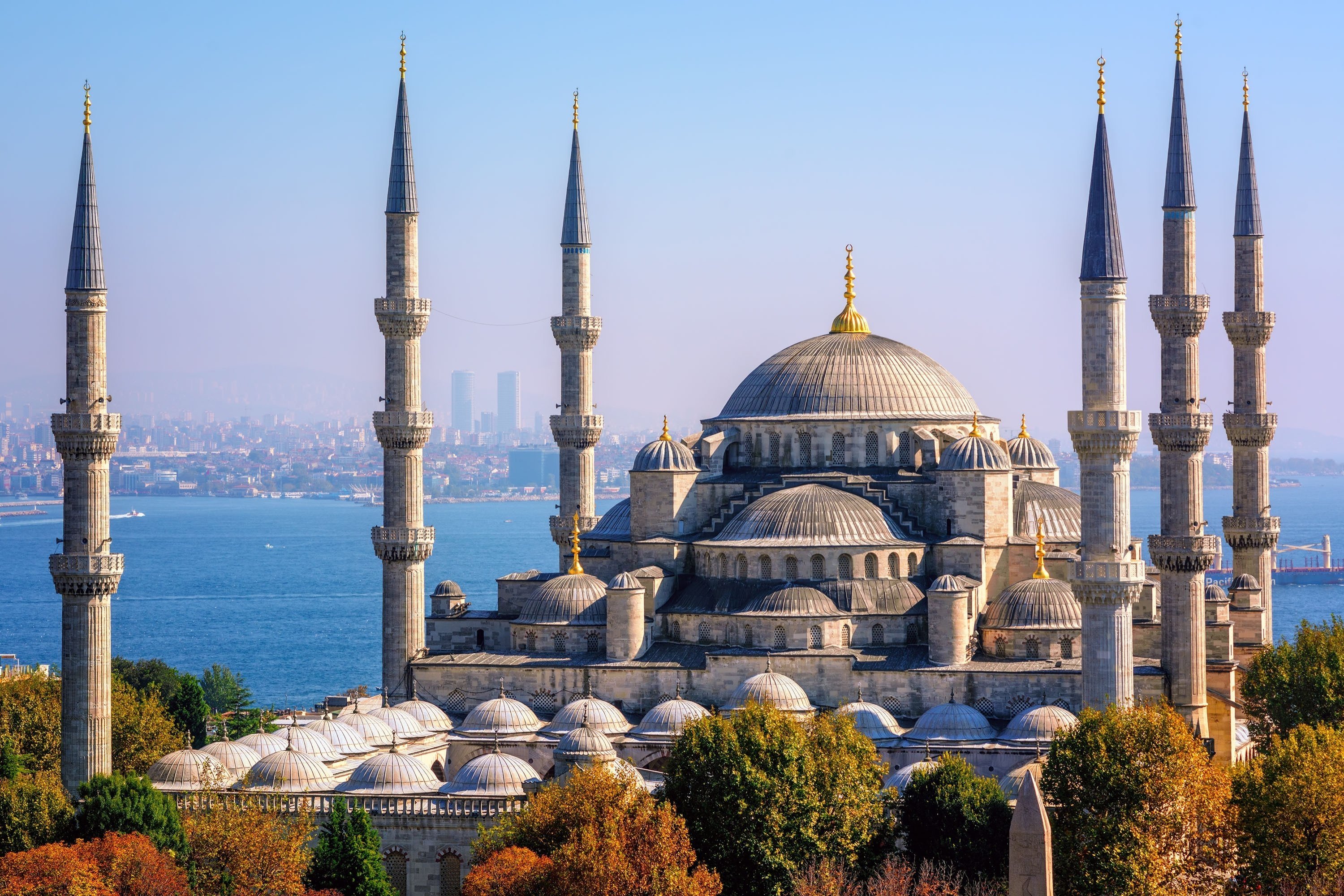
The embroidered cloth covering the Kaaba – also known as the kiswah – and the shades for the tomb of the Prophet Muhammad were woven in Cairo at the time. The sultan ordered them to be woven in Istanbul and shipped to Hejaz after flaws were detected. For this task, a special workshop was constructed where Beylerbeyi Mosque stands today. Special candles that were lit in the al-Haram ash-Sharif were also manufactured and sent from here. These customs lasted until World War I. The sultan established special workshops in Istanbul for this purpose.
The sultan also had the dilapidated walls of the Kaaba repaired by sending master craftsmen from Istanbul in 1612. He commissioned a golden rain spout for the Kaaba and an iron cage around the Zamzam Well to prevent people from falling in. He had two diamond-laden qandils sent to the Masjid al-Haram and Masjid an-Nabawi, along with a marble minbar (pulpit) destined for the latter. He also ordered mosques to light qandils (oil lamps) on the Mawlid, that is, the anniversary of the night coinciding with the Prophet Muhammad’s birth.
Tobacco aroma
Diplomatic and commercial relations with the newly independent Netherlands were first launched in 1612 with the arrival of the first Dutch envoy Cornelis Haga to Istanbul. The Netherlands was granted commercial privileges. Previously, the Ottomans defeated the Spanish Armada, and both England and France breathed a sigh of relief at that time. This also allowed the Netherlands to get rid of Spanish rule.
Originating in the New World, tobacco first arrived in Istanbul during Sultan Ahmed I’s reign. The sultan banned the cultivation, selling and smoking of “tabaga” in 1609 as it distracted the people from their work. The sultan’s firman (edict) also noted that those who continue smoking would be put on display with their pipes stocked to their noses. Another reason for the ban, which would be removed in 1649, was the steep increase in the price of wax that was being used to disinfect tobacco.
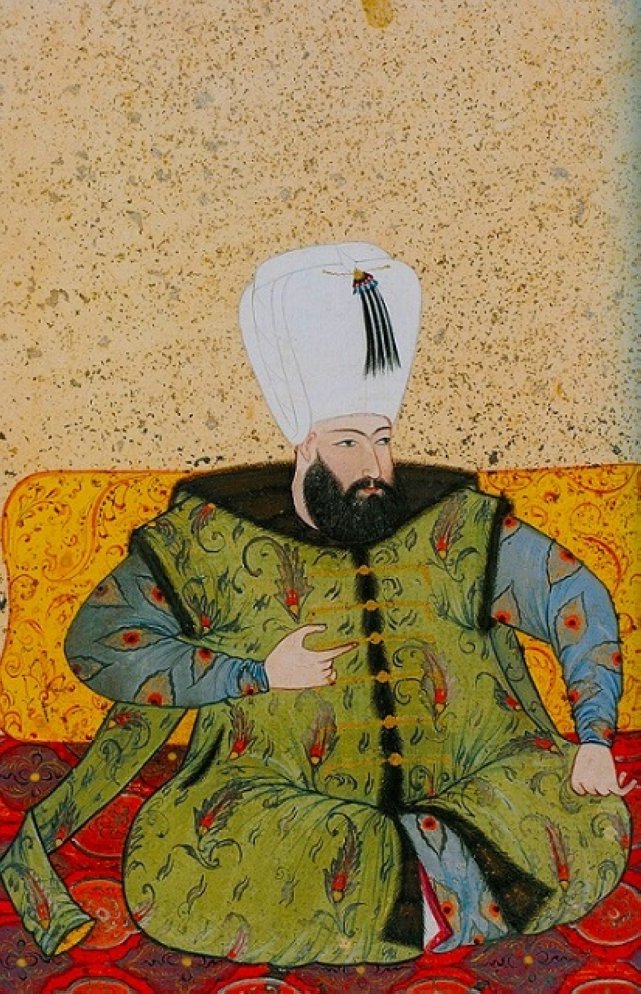
The sultan spent the last 10 days of Ramadan in 1617 by retreating to a mosque and praying in accordance with Prophet Muhammad's sunnah (tradition). He fell ill during this period and died of fever a couple of weeks later. He was buried in the tomb next to the mosque he had built. A day before his death, a servant heard the sultan saying “alaikum as-salam” four times. When the servant told the sultan that there is no one in the room, the sultan responded: “Abu Bakr, Omar, Uthman and Ali (the first four caliphs) came and greeted me. They told me that I’ll be ascending to appear before our prophet tomorrow.”
Courtroom
Sultan Ahmed is regarded as a well-educated, intellectual and determined sovereign. He refrained from personal addictions and weaknesses. Along with many Ottoman sultans, his intellect developed at an early age. Although he was enthroned when he was a child, he managed to rule with great talent and wisdom.
The sultan was noted for a surprisingly good command of administrative matters and following them up, trying to assign matters to competent people, and directing and controlling his entourage. As soon as he ascended to the throne, the sultan sent women in the palace, including his grandmother Safiye Sultan to the old palace and did not let royal women meddle in politics.
Sultan Ahmed was described as highly religious. He had the Prophet Muhammad’s footprint (qadam-i sharif) brought in from the tomb of Mamluk Sultan Qaitbay in Cairo and placed it in the newly constructed mosque. The sultan then saw in his dream that Qaitbay sued him for this move before the prophet, who ordered for the footprint to be returned to Cairo. Upon waking up, the sultan ordered the return of the footprint. He had a small model of the footprint made, and had it placed upon his crest with a poem which has the following meaning:
“What if I always carry the picture of the footprint of the shah of prophets on my head like a crown. The rose of the love garden is the owner of that footprint. Oh Ahmed, don’t stop, lay your face to the foot of that rose.”
Back and earth
It is said that Sultan Ahmed I one day had a dream in which he was wrestling with the king of Austria and then fell to the ground on his back. The people to whom he told his dream interpreted it as a defeat. The sultan then penned a letter to leading Sufi and Islamic scholar Aziz Mahmud Hüdayi in Üsküdar telling him about the dream. Before the messenger handed the scholar the sultan’s letter, Hüdayi himself handed over a letter, saying “Here’s the interpretation of our sultan’s dream.” The interpretation in the letter said: “Allah created the back on the human body as the strongest and created the earth as the strongest among the nonliving. With the man’s back and earth touching each other, it means that these two forces come together. Therefore, it points to the fact that our sultan will be victorious against the enemy.” Upon this prophecy, the army retook Esztergom in 1605 and the Austrians sued for peace over their untenable position. This development was the reason why Sultan Ahmed became a follower of Hüdayi. Both Hüdayi and his teacher Mustafa Efendi, the son of Hoca Sadeddin Efendi, were the sultan’s principal advisors.
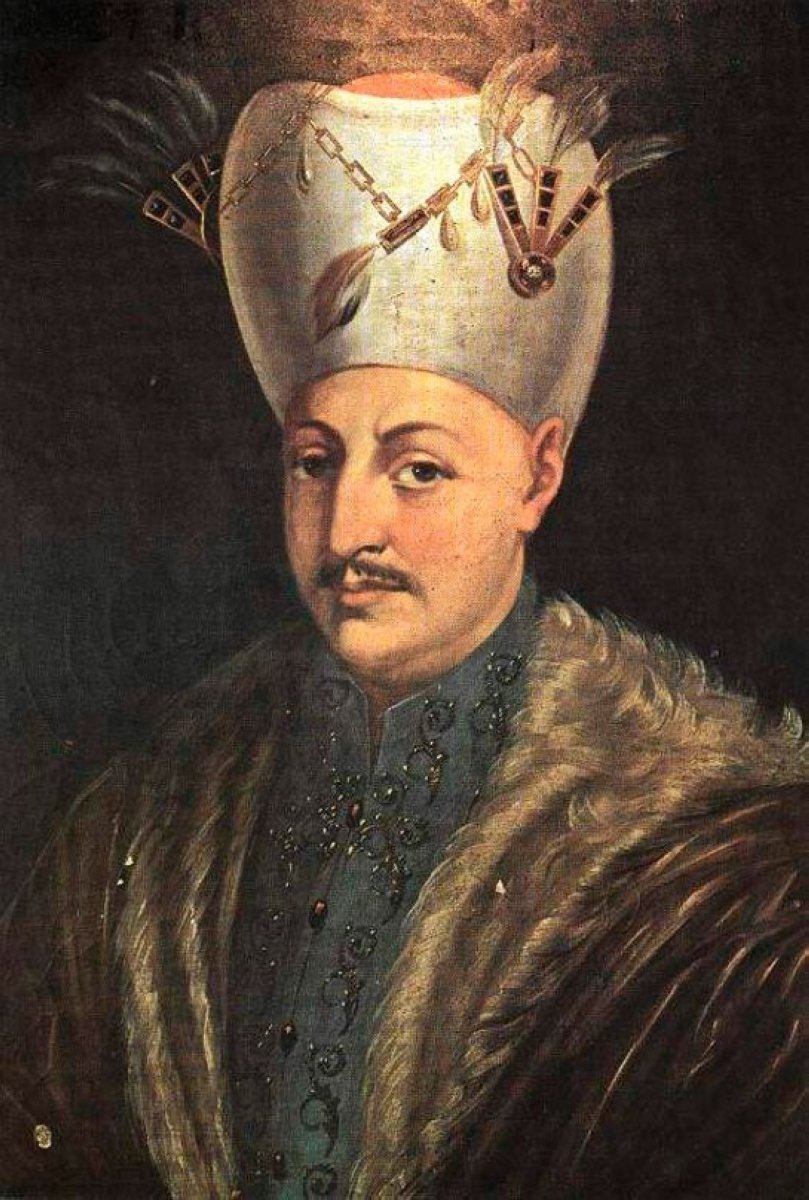
Ahmed is remembered as a peace-loving sultan. He did not attend military campaigns during his period. Because in his time, there was hardly a ruler who went on a campaign at the head of his army. He loved to mingle among the common people, traveling to Bursa, Edirne and Çanakkale. He used to dress plainly. He was described as good-looking and honey-mouthed, but tough when necessary and never forgave treachery.
The sultan was described as a sportsman, known for swimming in the Bosporus. He was fond of hunting and was skilled in horseback riding, archery and using swords. In one incident, he managed to throw a mace a distance of 500 meters (around 1,300 feet) over a 30-meter tall bastion wall in Edirne. A stone marker was later erected on the spot to honor the important record.
Sultan Ahmed I used to write classical and Sufi poems with the pen name “Bahti,” which is the equivalent of the date of his ascension to the throne (Hijri 1012) through the abjad consonant writing system (In the Arabic alphabet, each letter has a numerical value. This is called abjad). He penned a diwan, which bears these famous lyrical couplets with the following meaning:
"Says Ahmed: Much gratitude is for you, my lord. Now, my only property is my love for you.”
Mercy and disaster
The sultan’s three sons later became sovereigns. He had three sons from empress consort Mahfiruz, namely Osman (1604-1622), Bayezid (1612-1635) and Süleyman (1615-1635), and four sons and three daughters from empress consort Mahpeyker Kösem, namely Mehmed (1605-1621), Murad (1612-1640), Kasım (1614-1638) and Ibrahim (1615-1648), and Ayşe (1605-1657), Fatma (1606-1670) and Atike (1614-1674). Mahpeyker was a very intelligent and benevolent lady.
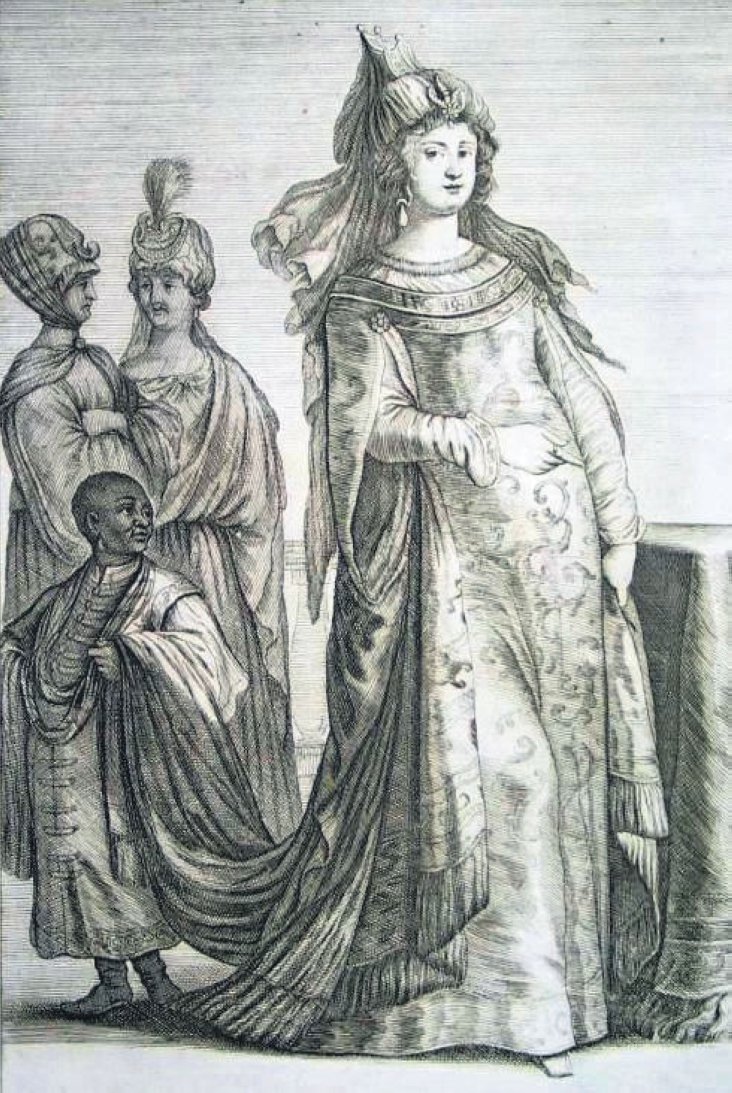
Almost everyone admits Sultan Ahmed I’s skills and goodwill, but some do not see him as a bright sovereign. This happens to be the destiny of sovereign who ruled during turbulent times and lacked capable aides.
Upon assuming the throne, the compassionate sultan did not practice fratricide, which was legal since the reign of Sultan Mehmed II, and did not harm his brother Mustafa. Upon the sultan’s death, although he had an adult son, statesmen had his brother Mustafa ascend to the throne.
This is a turning point in Ottoman political tradition since it marked the first time a sultan’s brother ascended to the throne. Before that, the throne was for the son of the previous sultan. The tradition was likened to the primogeniture method in which the throne passed on to the oldest son, and was common throughout Europe. Now, the throne would pass to the eldest prince of the dynasty based on seniority.
This change in succession, which was carried out for practical reasons, led to the eventual abolition of fratricide. However, it caused the political stability to waver; or as Alphonse de Lamartine put it “a disaster for the empire.” Now the throne would not be passed on according to competence but according to whose turn it was. The emergence of more than one prince made it easier for political power cliques to compete with each other.
Önceki Yazılar
-
THE OTTOMAN DYNASTY AND QURAYSH9.07.2025
-
"WOE TO THE ENEMIES OF THE REVOLUTION!" What Was The People’s Reaction To The Kemalist Revolutions?2.07.2025
-
DEATH IS CERTAIN, INHERITANCE IS LAWFUL!25.06.2025
-
THE SECRET OF THE OTTOMAN COAT OF ARMS18.06.2025
-
OMAR KHAYYAM: A POET OF WINE OR THE PRIDE OF SCIENCE?11.06.2025
-
CRYPTO JEWS IN TURKEY4.06.2025
-
A FALSE MESSIAH IN ANATOLIA28.05.2025
-
WAS SHAH ISMAIL A TURK?21.05.2025
-
THE COMMON PASSWORD OF MUSLIMS14.05.2025
-
WERE THE OTTOMANS ILLITERATE?7.05.2025